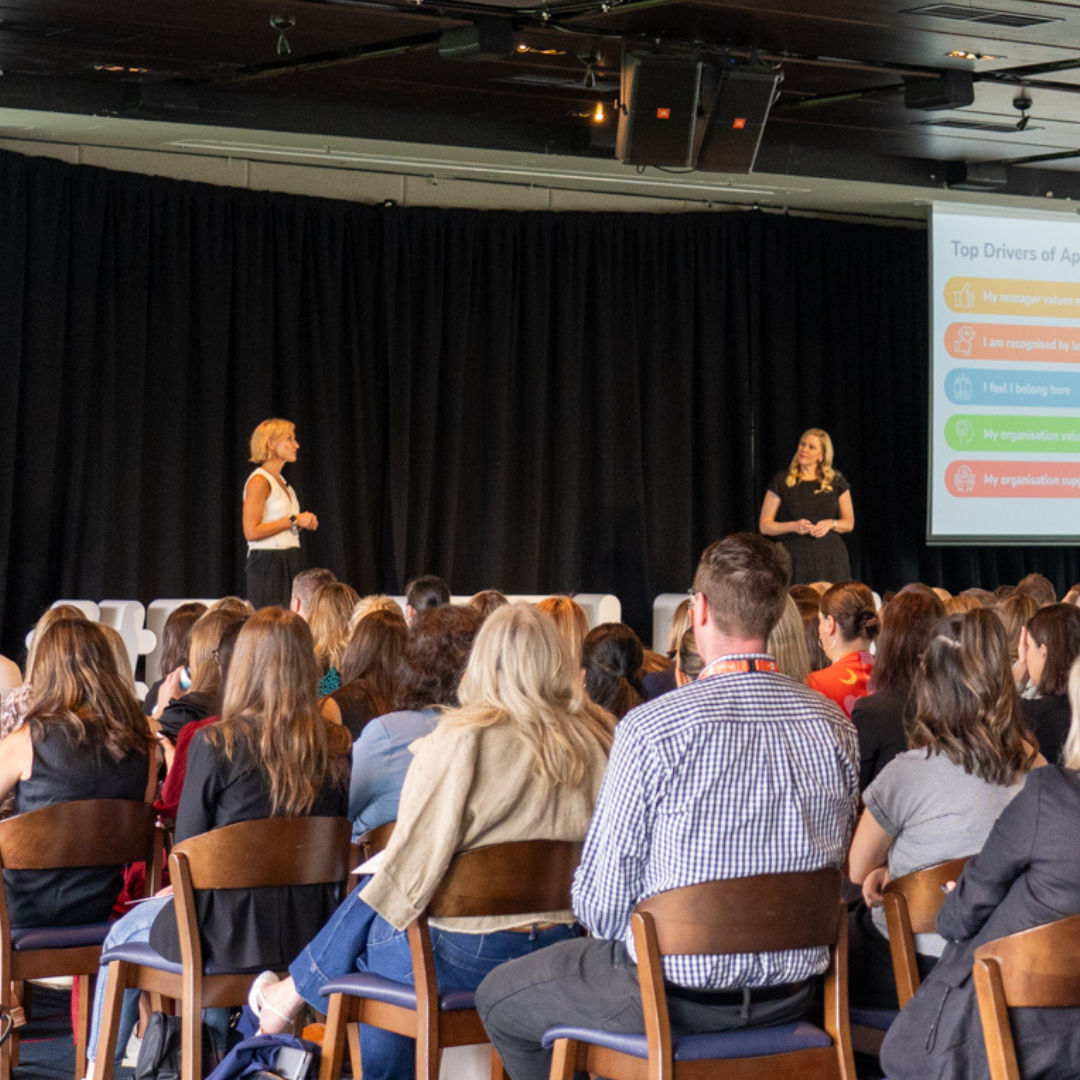Have you ever booked a holiday only to realise halfway through it that the place you’ve visited isn’t as amazing as you thought it would be? Or maybe you signed a lease only to discover your housemates are nowhere near as nice or reliable as you first thought? We all know the feeling of locking in something we’re really excited about, only to realise shortly after that it was a mistake. But you’re stuck and your only option is to wait until your trip or lease is over, and then vow to choose better next time.
Now imagine having this type of experience with your employee engagement provider!
The last thing you want is to spend all your time building a solid business case that wins that tick of approval, only to realise that the costs are going to blow out or that your people aren’t actually going to receive the experience you were promised.
Having partnered with hundreds of different businesses during their decision-making process, I’ve learned a thing or two about what to watch out for and ask HR tech providers up-front. To help you present your business case to your leadership team confidently, I’ve outlined the critical factors you should be considering when weighing your options for your next employee engagement partner. Here’s an overview of what we’ll go over:
How does the platform integrate with your existing HRIS?
- How much time will you spend updating employee data?
A common concern for any HR team is how many systems you’re going to need administer on a day-to-day basis. Choosing a system that integrates with existing information systems can save you time spent on data entry or data checking as people move in, out and through your organisation. - How will your employees access the system?
Having the option for single-sign on so that employees can access the platform without having to remember additional credentials can help increase login and participation rates and makes for a seamless user experience. - Can your new platform talk to/share information with other communication channels?
Sharing information like recognition moments or important company news automatically from one system to another helps spread the message far and wide, which keeps your employee engagement initiatives front of mind for your people. Reaching employees where they are is efficient and effective communication, so look for opportunities to integrate employee recognition or communication into channels your people are already using, like instant messaging apps, staff intranet pages, or even TV screens around the office.

How much is this new platform going to cost you… really?
- What’s covered in your setup fee?
A low upfront setup fee might look enticing at first, but beware of what additional costs you might have to fork out for if it doesn’t include what you expect. What does it take to get an employee engagement platform up and running? Are you paying someone to just configure a system, or will they partner with you to design and create something unique to your business? Who provides the tools to get your people trained, logging in, and using and loving the system? Or do you have to pay extra for all those different elements? - What about your ongoing costs?
It should go without saying that support is included in your fee - but check the fine print to make sure there aren’t any hidden “tiers” of support you need to pay extra for to get someone to fulfill an order or solve a complex query (feature requests are different – we’ll get to that later). The same goes for access to product updates, which you shouldn’t have to pay extra for, or any fees that go up the more your employees use or interact on the platform.
If you want your employee engagement program to be part of how your people recognise, reward or communicate with each other every day, then be wary of any barriers or costs that would limit their use of it.
Will you (and your people!) be well looked after?
- What does “support” mean?
While reliable technical support is critical, consider what support you’ll want for the ongoing success of your employee engagement initiatives. Will you have someone dedicated to helping you drive higher visibility and use of your platform? Will you have easy access to real-time engagement analytics or will you have to wait for someone to do this for you? Do you have the option to design elements of your program in-house or can your employee engagement partner provide on-brand elements to give your platform a ‘wow’ factor? - What about when your employees need help?
If employees have trouble using the new system do queries go to the HR team, or do they contact the vendor for support? Not every engagement program is going to be accessed within business hours – employees might access their employee benefits platform when they’re at the grocery store on a weekend, or redeem a reward during the commute home. If you’re providing them this type of program, then 24/7 vendor support means you don’t walk into an overflowing inbox of employee queries when you get into work the next day!

Is this a long-term relationship?
- What does the vendor do with customer feedback or feature requests?
Ask your potential vendor about their channels for providing feedback and feature requests, and whether they have a dedicated product or development team working on improving the user experience. Technology is constantly evolving, as is employee expectations, and it’s important to partner with someone who is equipped to adapt. - Can you talk openly and transparently with your provider?
The best working relationships are founded on mutual trust and a clear understanding of what to expect from both parties. Be wary of anyone who isn’t listening to what you’re looking for and isn’t interested in solving the problems your people are facing. Sometimes the product you’re researching simply isn’t compatible and that’s ok - but if they’re hesitant to be upfront about that, or if they’re avoiding any of the questions above, this is a warning sign to walk away.
Are there questions you have asked your HR vendors partners that have helped you in your research and decision-making? I’d love to hear how we can support you during this process and answer the questions you have when it comes to locking in an employee engagement partner. Chat to our team today.
 Jon Fulluck
Jon Fulluck



